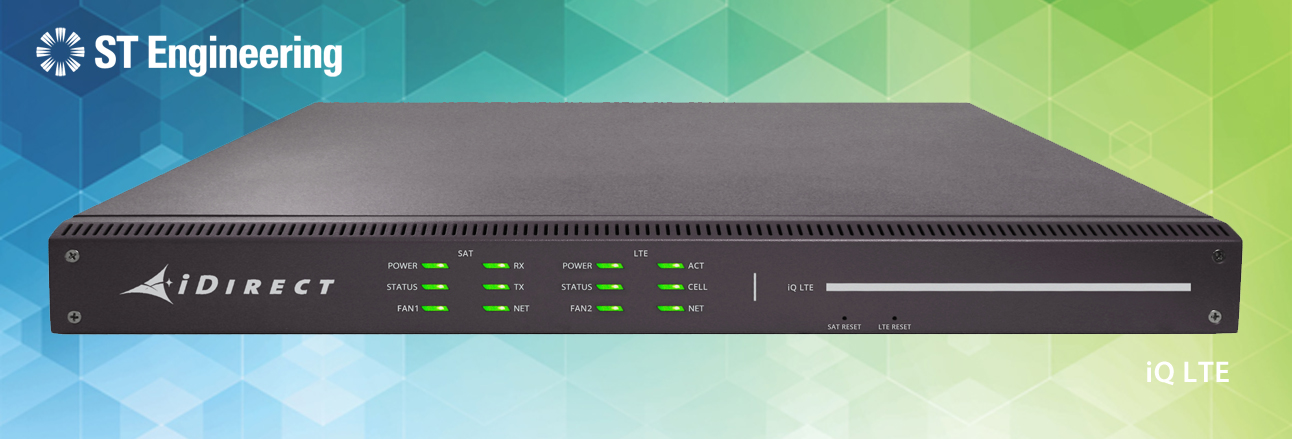Earthquakes, hurricanes, and floods are taking place all over the world every day, both natural and manmade. When such a disaster occurs, telecom landlines and wireless systems are destroyed, or overloaded by people sourcing help, information or trying to contact relatives. Therefore, a timely reaction and intervention of first responders is of upmost importance to save lives, bring stability and restore the affected key infrastructure.
Immediate action
Emergency communications are a top priority for government and defence organizations across the globe and evolving technologies need to be able to adopt complex networks to meet current emergencies. In response to this, drones are already being used in humanitarian rescue around the world. In particular, mapping data has become very important and over the last few years, streaming video has become popular due to drone applications. These devices allow responder teams to instantly receive a real time stream for quick situational assessments in often difficult-to-reach places.
But to do this, response teams need to establish short-term communications anywhere in the world to allow them to stay connected throughout every stage of the response efforts. Due to the speed at which the teams need to react, these communication networks need to be quick and easy-to-deploy. Always-on connectivity is also essential, which means any solution needs to be able to provide seamless switching between different networks such as 3G and 4G and satellite, depending on availability. This is especially true for emergency response organizations, which particularly benefit from a hybrid approach.
Within these solutions, satellite has a key role to play, with the technology being renowned for providing vast geographic coverage no matter how remote a location. It is also quick to deploy to further help first responders on the ground when cellular and fiber networks are down. Yet as digital technologies and end-user demands evolve, a solution that relies on just one type of connectivity will no longer be enough and satellite must become more flexible to meet increasingly complex requirements and help deliver more efficient responses.
Building resiliency
This is why ST Engineering iDirect has developed its iQ LTE modem. Featuring an integrated Cradlepoint LTE cellular modem, the iQ LTE creates a converged solution that automatically finds and connects to all available networks, including LTE, 4G/5G and satellite, without user intervention. As a result, it delivers reliable data communication for several use cases where the physical path redundancy is critical.
IP Access International, a multi-satellite iDirect Network operator and leading provider of mobile and fixed satellite internet solutions to Public Safety, is among the early adopters of the solution, integrating it into its FUSION product line to cost-effectively reach more end-users with highly available, reliable connectivity. As a FirstNet dealer, IP Access International offers Band-14 FirstNet services to eligible current and future public safety customers.
A California State Fire Authority, is among these customers. It required an autonomous communications trailer that could be transported to a scene and provide essential connectivity to users. On one occasion, a person was lost in the forest. Search and rescue teams were deployed to the area. To help aid their search, a drone was flown to find the missing person. After this, the drone footage was quickly relayed via IP Access International’s highly portable FUSION Harrier Rapid Communications Terminal. After analysis of the video footage the person could be located.
Built with public safety and emergency communications in mind, the FUSION Harrier combines LTE and satellite bandwidth in one highly portable communication terminal. The ST Engineering iDirect modem enables the Harrier solution to achieve higher throughput and greater efficiency, with Very Small Aperture Terminal (VSAT) services run on Layer 2 over Satellite (L2oS).
A future with satellite
All in all, ST Engineering iDirect’s iQ LTE technology is enabling first responders to do what they do best – protect the public and save lives. Highlighting that, whether it be for establishing communication capabilities for rapidly deployed shelters or the sharing of real-time critical information, satellite’s role is embedded in the ability to react to events. Drones have tremendous potential for saving lives not only in the example mentioned, but also in disasters such as earthquakes or avalanches, when people may be buried under rubble or earth, or snow.
As technology advances and satellite communication becomes faster and even more reliable, rescue missions and disaster recovery operations will become more streamlined and tactical than ever before. After all, teams that are better prepared, better equipped, and can work well together in challenging circumstances have a better chance of saving lives than those that are not.
Watch the ST Engineering iDirect Preparing for Unprecedented Events webinar and view the Elevating Networks for Unprecedented Events whitepaper.
